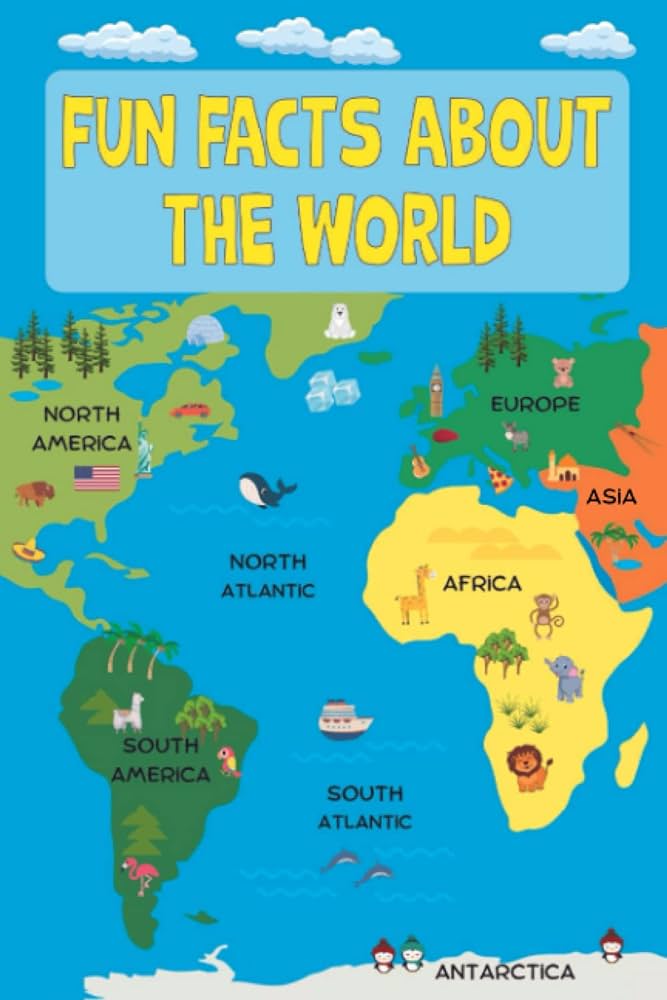Table of Contents
With 195 countries and more than 7.7 billion people in the world, there are plenty of fun and amazing things everywhere in all corners waiting for you to explore. Join us as we bring you the most fascinating country facts you’ve ever imagined.
- Definition: A county is a geographical region or administrative division typically larger than a city or town but smaller than a state or province. It is often used as a territorial unit for local government and administration.
- Functions: Counties vary in their functions depending on the country, but common responsibilities include maintaining public services like law enforcement, public health, education, and infrastructure.
- Naming Variations: Different countries use different terms for similar administrative divisions. For instance, in the United States, they are called “counties,” while in England, they are known as “shires” or “ceremonial counties.”
- Administrative Structure: Counties usually have their local government structure, which may include a county council or board responsible for making decisions related to local matters.
- Geographic Diversity: Counties can encompass diverse geographical features, including urban areas, rural landscapes, mountains, valleys, rivers, and more.
- Historical Significance: Many countries have historical significance, often dating back centuries or even millennia, which can influence local culture, architecture, and traditions.
- Demographics: Counties can have widely varying populations. Some may be densely populated urban centers, while others might have only a few thousand residents spread across vast rural areas.
- Economic Importance: Counties can be economic hubs, with industries ranging from agriculture and manufacturing to technology and services. The economic base often shapes the county’s development and growth.
- Political Representation: In many countries, countries play a role in political representation. They can be used as constituencies for electing representatives to regional or national bodies.
- Boundary Changes: Over time, county boundaries can change due to political, administrative, or demographic factors. These changes can reflect shifts in power, population movements, or administrative reforms.
- Cultural Identity: Counties often contribute to the cultural identity of their residents, influencing local customs, traditions, accents, and historical narratives.
- Tourism and Attractions: Counties frequently have notable landmarks, tourist attractions, and natural wonders that draw visitors and contribute to the local economy.
